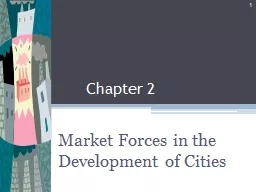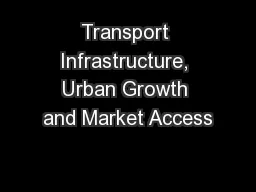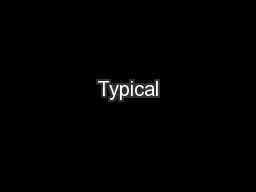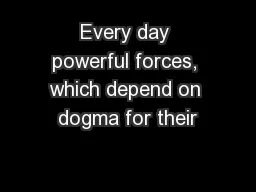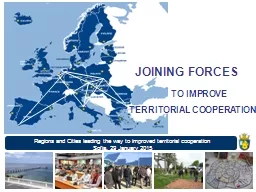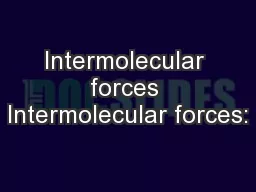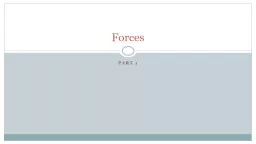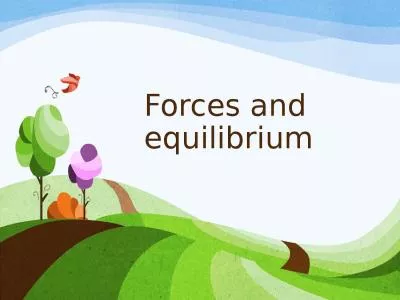PPT-Chapter 2 Market Forces in the Development of Cities 1 Consider your typical day:
Author : natalia-silvester | Published Date : 2019-11-01
Chapter 2 Market Forces in the Development of Cities 1 Consider your typical day You wake up to an alarm clock made in Korea You pour yourself orange juice made
Presentation Embed Code
Download Presentation
Download Presentation The PPT/PDF document "Chapter 2 Market Forces in the Developme..." is the property of its rightful owner. Permission is granted to download and print the materials on this website for personal, non-commercial use only, and to display it on your personal computer provided you do not modify the materials and that you retain all copyright notices contained in the materials. By downloading content from our website, you accept the terms of this agreement.
Chapter 2 Market Forces in the Development of Cities 1 Consider your typical day:: Transcript
Download Rules Of Document
"Chapter 2 Market Forces in the Development of Cities 1 Consider your typical day:"The content belongs to its owner. You may download and print it for personal use, without modification, and keep all copyright notices. By downloading, you agree to these terms.
Related Documents

